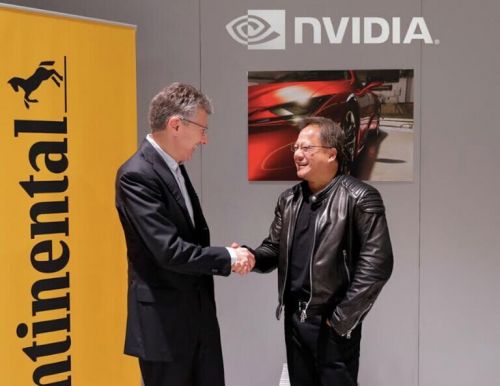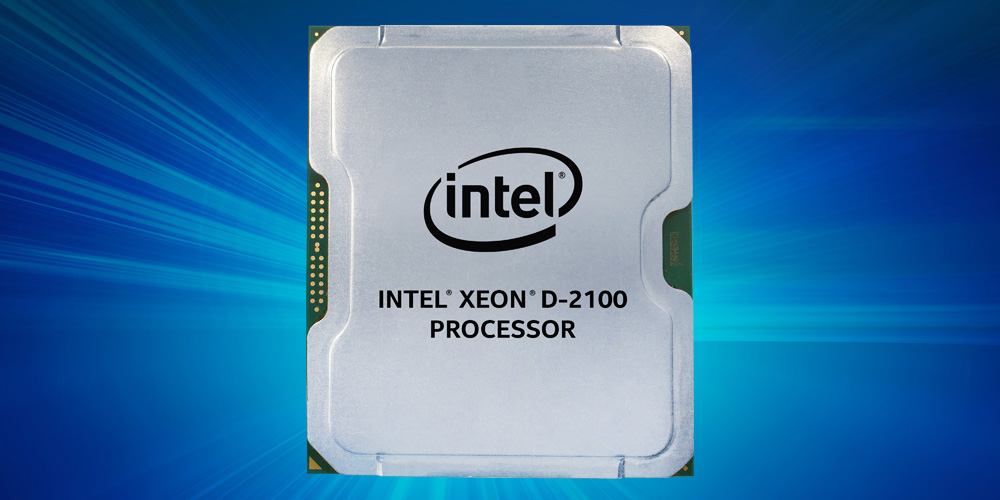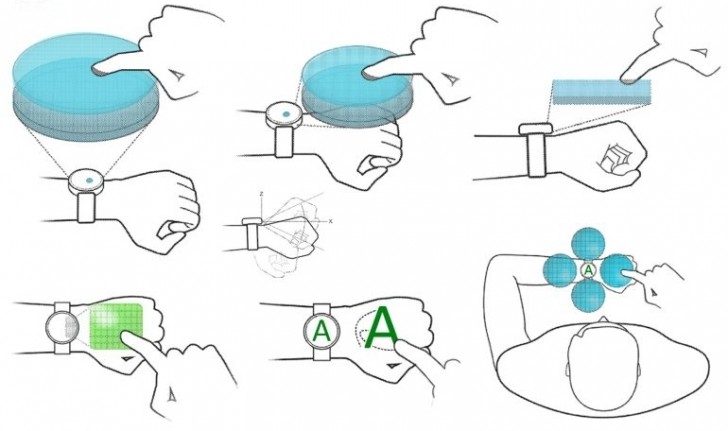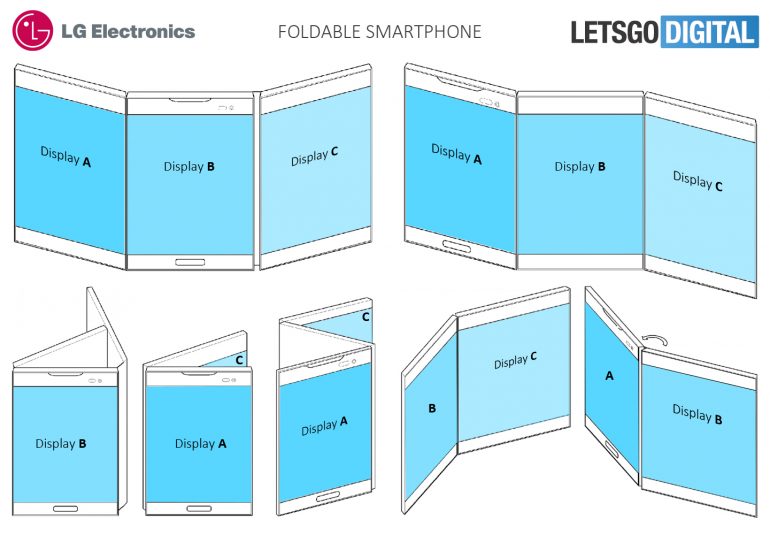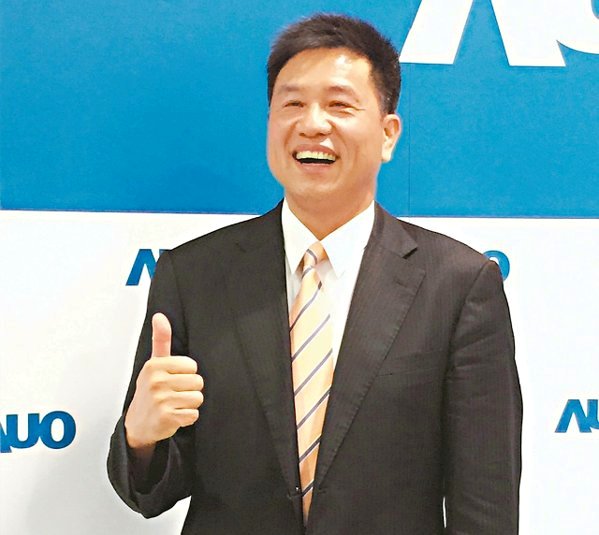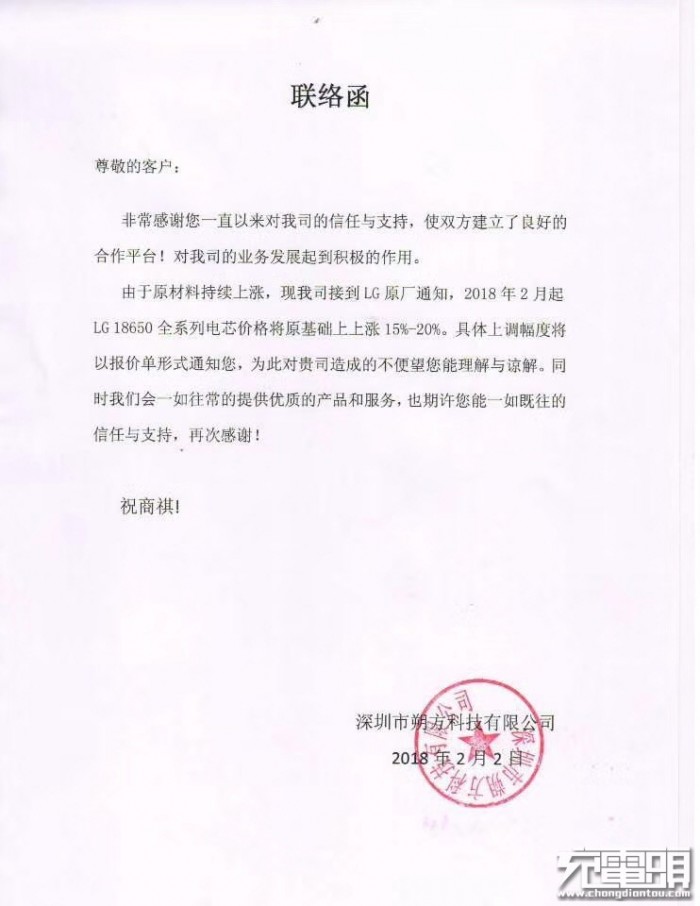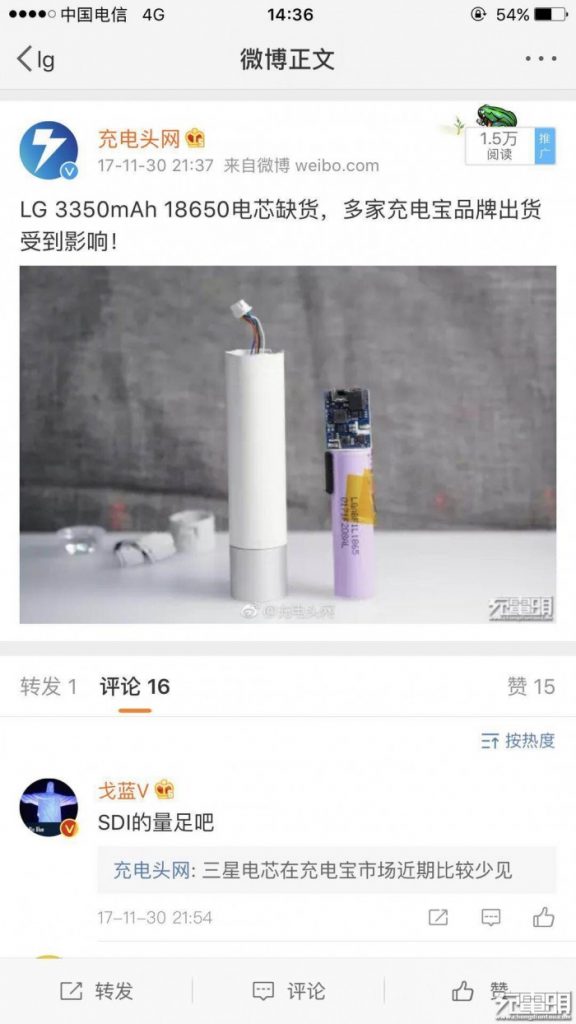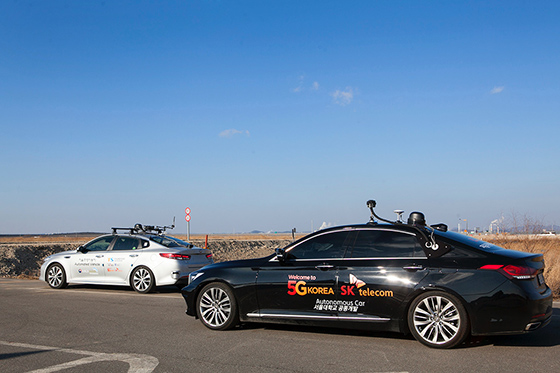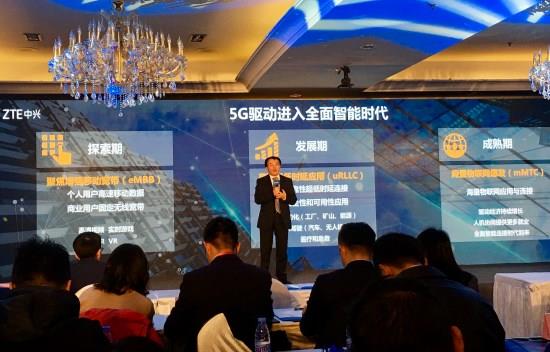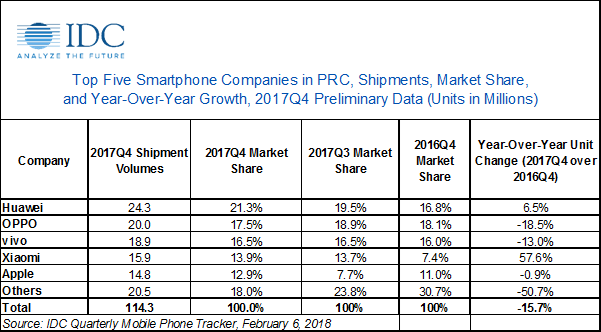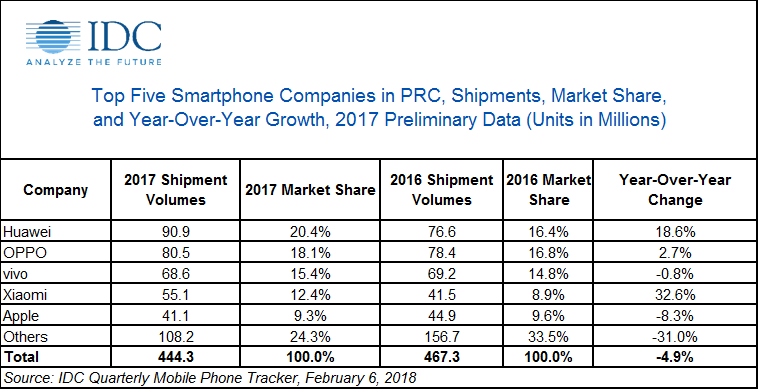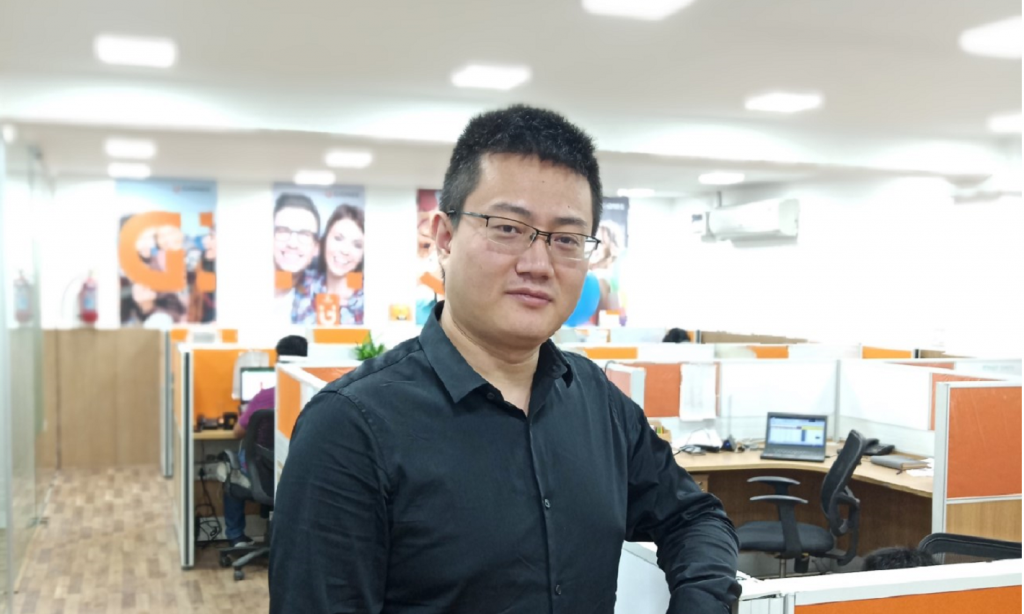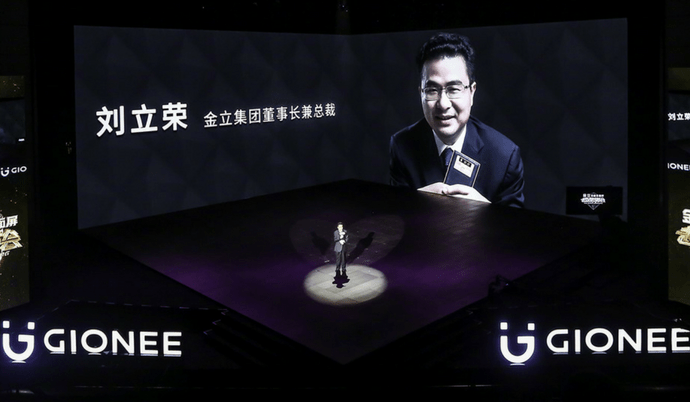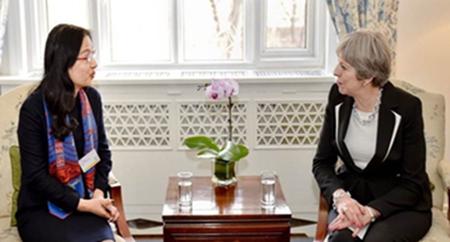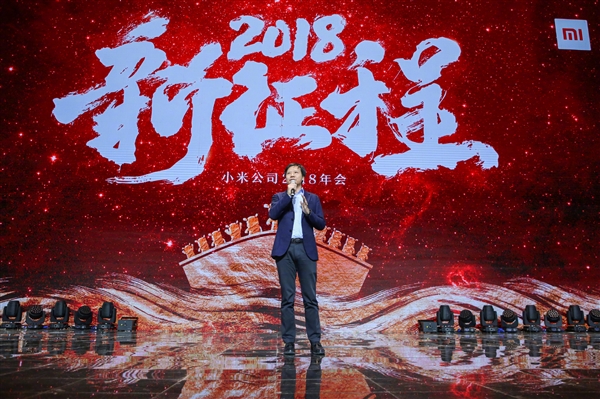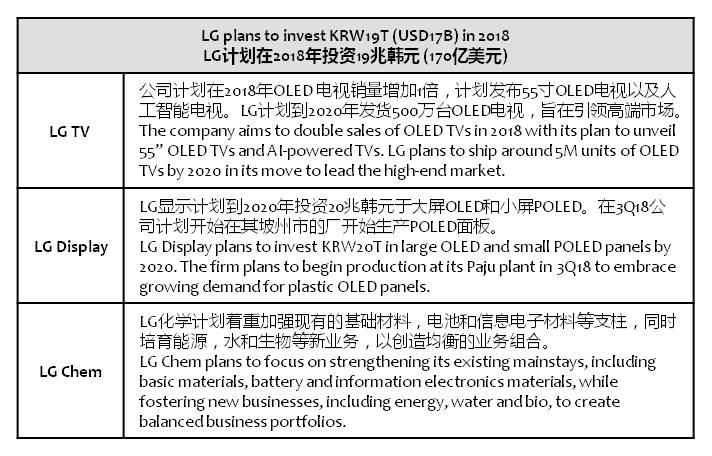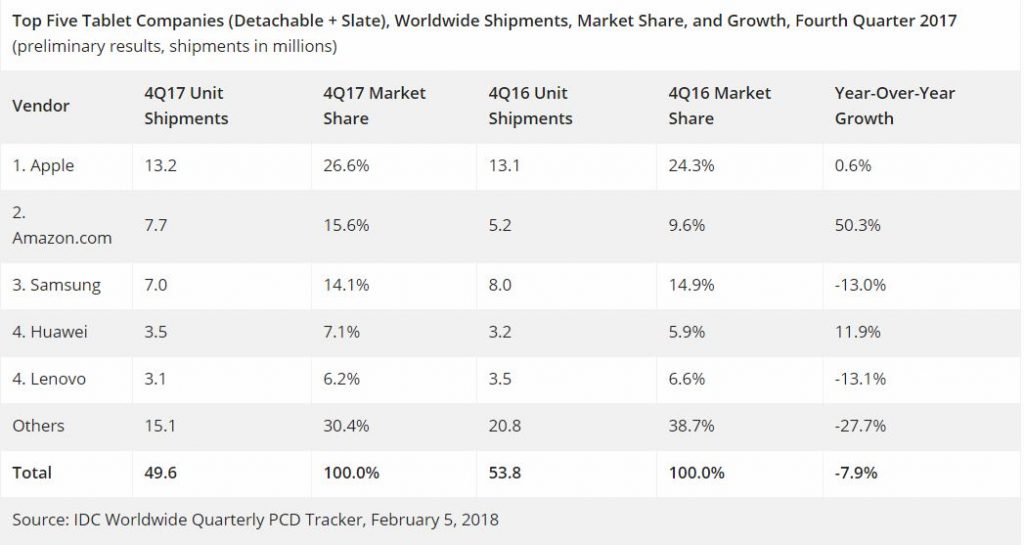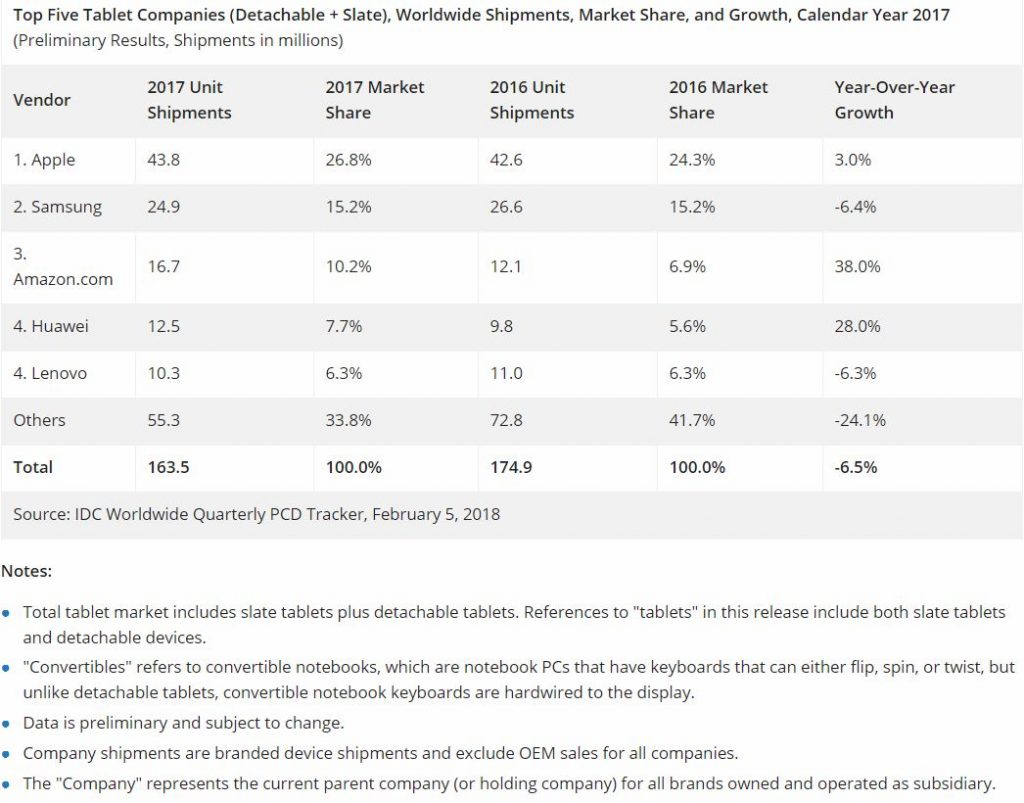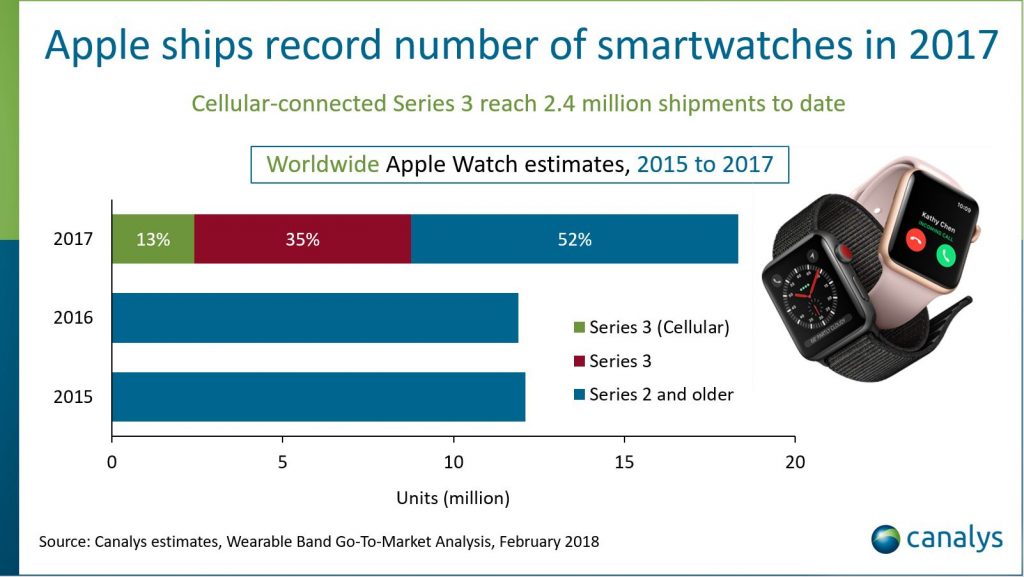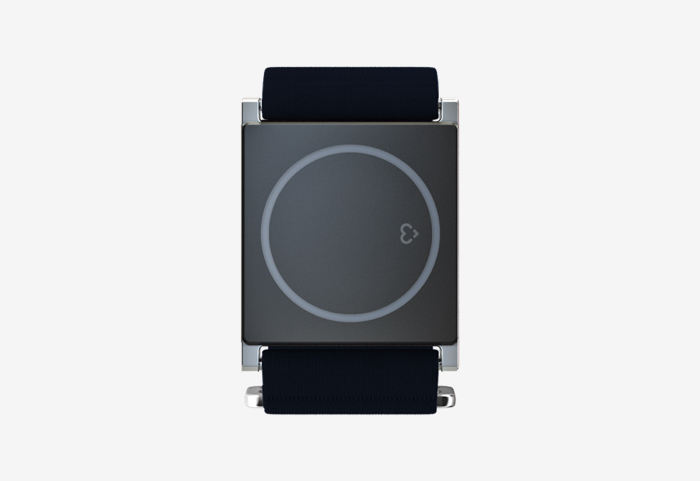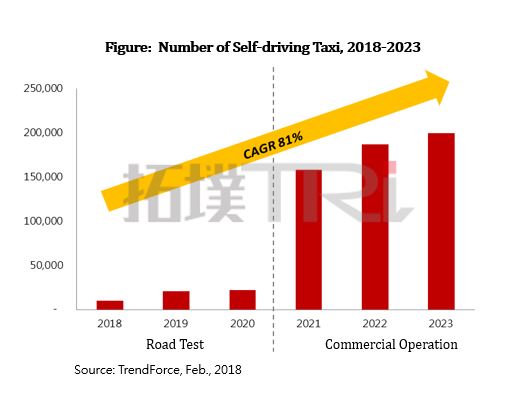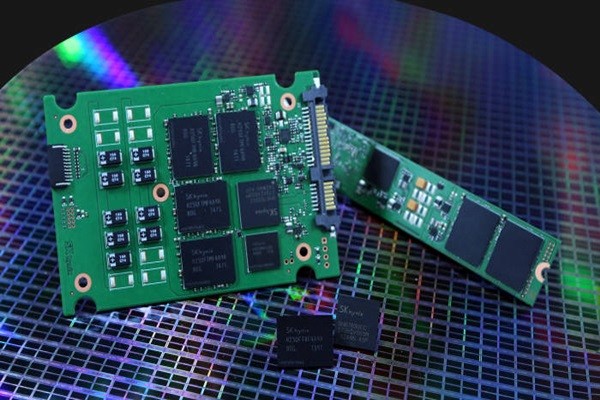
02-08: ZTE expects to launch 5G commercialized mobile device by end 2018 or early 2019; Gionee in the process of restructuring our India team and executing a completely different business model; etc.
Chipsets
Nvidia and German auto supplier Continental AG have teamed up to develop a self-driving system based on the U.S. chipmaker’s artificial intelligence (AI) platform, underscoring the need for collaboration in the fast-moving industry. Automakers and their suppliers have sought alliances to share the high costs of developing self-driving cars. (CN Beta, Reuters, TechCrunch)
According to Nomura Instinet and Cowen, Apple might change some of its suppliers for its next generation iPhone, including using Intel to replace Qualcomm for its LTE modem; as well as Broadcom, which wants to acquire Qualcomm. Nomura Instinet analyst Romit Shah indicates that Apple might replace some Broadcomm products with Qorvo and STMicroelectronics. (World Journal, Pixpo, China Times, Market Watch, UDN)
Intel has introduced new Xeon D-2100 processor. The system-on-a-chip is designed to bring the performance of a Xeon to the “edge” of a network, where that extra speed might be more effective. It includes up to 18 cores and the requisite hooks for four 10Gbps Ethernet ports, but uses ‘just’ 60W to 110W of power. (Engadget, Intel, iFeng, Sina)
Specialty IC foundry Vanguard International Semiconductor (VIS) chairman Fang Lue indicates that the global supply of 8” silicon wafers has fallen short of demand driven by robust demand for LCD driver ICs, microcontrollers, power management ICs and fingerprint sensors. The company is seeking to building new 12” factory. (Laoyaoba, HQEW, UDN, Digitimes, press)
Touch Display
Huawei has filed a patent with WIPO describing gesture control that allows the user to control a smartwatch by drawing on the back of their hand and even in the air. The technology projects ultrasonic or infrared signals that scan the movement of fingers on the projected area. The projection is done around the smartwatch. (CN Beta, First Post, GSM Arena, Gizmo China)
LG filed a patent in 2014 at WIPO showing a device with three displays, all of which appear to be paper-thin, capable of folding outward like a leaflet. When unfolded, the three screens can either be used for multitasking or form a single large display. (Android Headlines, MS Poweruser, LetsGoDigital, CN Beta)
AU Optronics (AUO) chairman Paul Peng indicates that the company would also produce more 18:9 aspect ratio handset panels, as they are becoming a “must-have” for mid to high-end smartphones. The company also plans to ramp up production of a new 8.5G production line in 2H18. AUO said it expects worldwide panel supply this year to grow between 6%~8% year-on-year, approaching the growth of panel demand as developed countries enter a new TV replacement cycle. (UDN, China Times, Money DJ, CNYES, Digitimes, press, Taipei Times)
Camera
Samsung has announced ISOCELL Dual, its latest imaging software meant to provide a universal dual-camera solution for contemporary (Android) smartphones. The service is part of an end-to-end two-sensor package offered by Samsung that also includes ISOCELL Dual sensors alongside a range of other imaging modules. (Android Authority, Android Headlines, GSM Arena, Samsung, Sohu, JRJ)
Hon Hai Precision subsidy FIT Hon Teng has announced that it has signed a collaboration contract with Sharp to invest JPY3.022B (about USD27.6M) in their joint company to further develop automotive used camera lens, mainly looking positively on ADAS demand. (UDN, UDN, CNA, Laoyaoba, AA Stocks)
Storage
SK Hynix is planning to target industrial SSD (Solid State Drive) markets. SK Hynix finished developing SATA SSD that supports up to 4TB and is based on 4th generation 72-layer 512Gb (Gigabits) 3D NAND flash chips and it started to supply samples to major data centers and server manufacturers from the U.S. It developed its own firmware and controller that are core technologies of this SATA SSD. (CN Beta, ET News)
Samsung Electronics has decided to begin investment to build a 2nd memory chip line at its Pyeongtaek production facilities in South Korea. Samsung is investing heavily to meet booming demand for semiconductors and Samsung said in 2017 it planned to invest KRW30T (USD27.63B) in its Pyeongtaek factory by 2021 to expand capacity. (Yonhap News, VentureBeat, Laoyaoba)
Battery
Cylindrical lithium batteries 18650 model grows the fastest. Due to the material continuous cost up, LG battery is in shortage, and portable power bank cost is increased, thus impacting the shipment. As the material continues to cost up, some vendors already receive LG’s notification saying that from Feb 2018 LG 18650 series battery cost has increased 15%~20%. (CN Beta, My Drivers)
Sensory
Tesla Elon Musk has reiterated his dislike of LiDAR, and defended Tesla’s strategy of achieving “full autonomy” using only cameras, radar, and ultrasonic sensors. LiDAR (light detection and ranging) has become a common fixture on self-driving cars operated by companies like General Motor and Alphabet’s Waymo. (The Verge, TechCrunch, Sina)
Environmental sensor Ics vendor Shanghai Sensylink has announced that the company just finished Series A funding for CNY30M. The funding is going to be used for new products development, building team and also preparing mass production equipments. (Laoyaoba, EE World, 91.com)
Connectivity
SK Telecom and the Korean Transportation Safety Authority set up a self-driving car pilot city in Hwaseong, covering 3.875Mft2 with Samsung’s 28GHz 5G cellular technology. SK Telecom claims that for the first time ever, two cars equipped with 5G hardware coordinated their movements using 5G, cameras, AI, and a 3D HD map. (VentureBeat, SK Telecom, DoNews, Sohu)
ZTE invests CNY4B annually, forming a team of 4500 experts to fully fix the 5G standards, products R&D and commercialization trial, etc. ZTE SVP Fan Xiaobing indicates that in fiscal year of 2017 ZTE R&D has invested CNY46.7B in 5G products development. ZTE expects to launch 5G commercialized mobile device by end 2018 or early 2019. (Laoyaoba, iFeng, My Drivers, STCN, PR Newswire)
Hon Hai (Foxconn) has gained the 28GHz and 3.5GHz 5G trial spectrum. Other Taiwan entities like IEK and other telecom entities have gained 2.5GHz and 1,800MHz trial spectrum. Both Hon Hai and IEK are adopting 5G multi-access edge computing (MEC) technique. MEC uses the edge of the network to bring computing closer to the data center, which reduces latency and increases connection speeds. (Laoyaoba, UDN, UDN, UDN)
Phones
A new rumor claims that Samsung Galaxy S9 will be the last of the S-line and that its successor will be dubbed Galaxy X. (GSM Arena, CN Beta)
According to IDC, the China smartphone market declined 15.7% year-over-year (YoY) in 4Q17 and 4.9% for the whole of 2017. In 2017, the minor upgrades that Chinese smartphone companies made to their offerings were not enough to move consumers to splurge on new models, resulting in a general slowdown in the market. The smaller players continued to suffer as the top five players grew their market share. (GSM Arena, IDC, press, iFeng, Sina)
Confirming its restructuring plans for India, Gionee’s India operations, David Chang, Global Sales Director said the company is not scaling down its operations in the country. Chang has indicated that they are in the process of restructuring our India team and executing a completely different business model for the brand in the market very soon. (Laoyaoba, The News Minute, DNA India)
Gionee’s financial woe has been calmed a bit with the chairman Liu Lirong claims “he would not run away, and pay back the debt step-by-step”. In regards to the debt, Liu Lirong explains that the outbreak of the cash chain problem stems from the over-marketing and investment costs for 2016 and 2017. (CN Beta, Caijing, JRJ, The News Minute, Phone Radar)
Huawei will spend a further GBP3B (USD4.2B) on procurement in Britain as the world’s largest telecom equipment maker seeks alternatives to the United States, where it faces an effective ban. Huawei said its chairwoman Sun Yafang made the pledge in a meeting with British Prime Minister Theresa May during a trade mission to China which resulted in deals worth more than GBP9.3B. (Android Authority, Reuters, Sina)
Xiaomi CEO Lei Jun reveals that in 2018 Xiaomi is seeking to continue fueling its international expansion, both by strengthening its existing foreign footholds and establishing new ones. His new goal is for Xiaomi to retake the number one position in China within 10 quarters, i.e. by Jun 2021. (Android Headlines, People.com, iFeng)
LG plans to invest KRW19T (USD17B) in 2018, with the bulk of it set aside for next-gen technologies including car components, self-driving sensors, plastic organic light-emitting diodes, camera modules and the bio sector. (Korea Herald, Android Headlines)
PCs / Tablets
The worldwide detachable tablet market grew to 6.5M units in 4Q17, an increase of 10.3% from the previous holiday season, according to IDC. Growth for the entire year remained positive although it showed signs of slowing as detachable tablets grew 1.6% year over year in 2017, down from the 24% growth in 2016. However, some of the slowness was attributed to the launch cadence of high profile devices like the Surface, which was off schedule, leaving older models on shelves as consumers and businesses laid in wait for product refreshes. (VentureBeat, IDC, press, Tencent, Sina)
Wearables
According to Canalys, Apple Watch shipments beat expectations, topping 18M in 2017, up by more than 54% on 2016. The Series 3 was the key growth driver, as total shipments of the latest version of Apple’s Watch were just under 9M, making up nearly 50% of all shipments in 2017. Apple’s 4Q17 performance was impressive in itself, as shipments grew by more than 32% over Q4 2016 to 8M. (TechCrunch, Canalys, press, GizChina, iFeng)
Empatica Embrace watch relies on artificial intelligence (AI) to detect for signals indicating the possibility of the user’s body going into a “grand mal” seizure. If it detects one is coming, it will send an alert to a designated family member or caregiver. It is approved by FDA and priced at USD249 in U.S. (Ubergizmo, Empatica)
Internet of Things
Self-driving taxi services that combine ridesharing and autonomous vehicles have undergone road tests in 2017, and most companies expect to launch their commercial self-driving taxi services formally in 2021, which will tremendously change the future of transport. TrendForce estimates the CAGR of self-driving taxis to reach 81% from 2018 to 2023. (Laoyaoba, TrendForce, press, TrendForce[cn])
